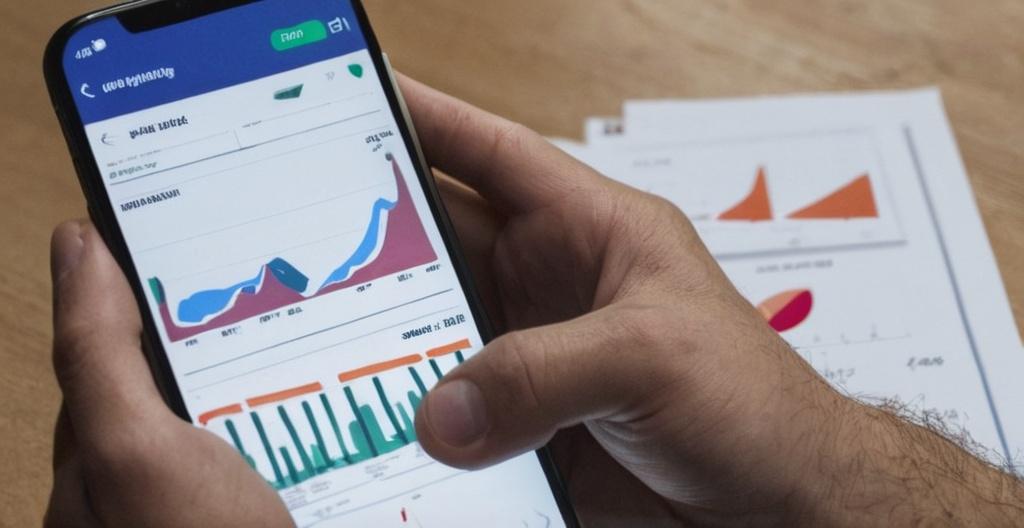Key Take Aways About Role of Financial Institutions in AML
- Financial institutions serve as key gatekeepers against money laundering.
- AML compliance involves implementing robust programs to identify and report suspicious activities.
- Customer Due Diligence (CDD) and Enhanced Due Diligence (EDD) are crucial for assessing risk levels.
- Transaction monitoring systems detect unusual financial activities, prompting Suspicious Activity Reports (SARs).
- Technology, especially AI and machine learning, enhances AML efforts by identifying suspicious patterns efficiently.
- Balancing regulatory compliance with technological innovation is critical for future AML success.

The Role of Financial Institutions in AML
Anti-Money Laundering (AML) isn’t just another set of guidelines financial institutions have to follow. It’s about ensuring dirty money doesn’t mingle with the clean. And trust me, it’s no small task. The significant job of combating money laundering falls heavily on the shoulders of banks and financial institutions. Yep, they’re the gatekeepers.
Compliance: The Backbone of AML
Financial institutions operate under stringent AML regulations to prevent and detect money laundering activities. They’re expected to establish robust compliance programs, like those super-secret James Bond skills but in finance. This involves identifying suspicious activity, reporting it, and ensuring their operations align with what regulators consider playing by the rules.
Customer Due Diligence (CDD)
One crucial element here is Customer Due Diligence (CDD). It goes beyond just knowing your customer — banks need to dig around a bit, understand who they’re dealing with, and if their financial dealings raise any red flags. It’s a lot like playing detective, just without the trench coat and magnifying glass.
Enhanced Due Diligence (EDD)
Then there’s Enhanced Due Diligence (EDD), which is like CDD on steroids. It kicks in when customers are deemed high-risk. Think of it as the financial equivalent of a security check at the airport when you get pulled aside for a random check. Watch out for those who might be laundering money — it’s their job to find these people and their sneaky ways.
Transaction Monitoring: Keeping an Eye Out
Transaction monitoring systems are the financial world’s version of CCTV cameras. They’re there to catch any sketchy money transfers that might hint at laundering. Such systems flag unusual patterns or transactions, so the AML team can swoop in and investigate. It’s like having a watchdog but one that barks at suspicious transactions.
Suspicious Activity Reports (SARs)
When something fishy pops up, financial institutions must file Suspicious Activity Reports (SARs) to authorities. These are like the bat signals of the banking world, signaling that something suspicious is afoot. The idea is to catch launderers before they blend in too much and disappear into the crowd.
The Role of Technology in AML
In today’s tech-driven world, financial institutions harness technology to boost their AML efforts. Artificial intelligence and machine learning are making waves by enhancing the capabilities of transaction monitoring systems. It’s like upgrading from your old Nokia phone to the latest smartphone – everything’s faster, smarter, and way more efficient.
Artificial Intelligence and Machine Learning
AI and machine learning help banks predict and identify suspicious activities more accurately. They sift through data at a pace no human could match, identifying patterns and anomalies that might signal laundering. It’s as if institutions have an extra set of virtual eyes, scanning round the clock.
The Future of AML: Challenges and Opportunities
Financial institutions face ever-evolving challenges in the AML space, particularly as criminals become more sophisticated. But with challenges come opportunities for innovation. Balancing regulatory requirements while deploying cutting-edge technology will be crucial in the fight against money laundering. It’s a game of chess, where each move counts and staying ahead of the opponent is the ultimate goal.
In conclusion, the role of financial institutions in AML is a vital cog in the wheel of financial security. Their efforts protect economies and societies from the corrosive effects of money laundering. As technology continues to advance, the hope is that these institutions can outsmart those attempting to exploit the financial system for illegal gains.